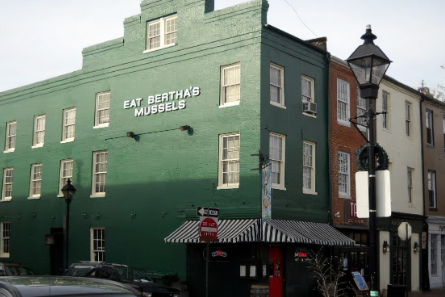Kalman Hettleman: Parental rights and wrongs in education politics
I strongly oppose the political views of Dan Cox, the Republican candidate for governor and an all-out Trump follower. But we agree, sort of, on one thing: the importance of parental rights in public education. We just disagree almost entirely on what those rights are and should be. To Mr. Cox and conservative politicians across the country, parental rights is a rallying cry to use public schools as a wedge issue in national, state and local politics. It worked for them in the 2020 elections. Parents are being inflamed and school boards politicized over pandemic policies, critical race theory, gender equity, book-banning and you name it.

